The English primarily drank coffee and wine as their staple drink, and tea was unknown in England till as late as 1662. In 1662 Charles II married Catherine of Braganza of Portugal, and it was his new bride who brought with her a preference of tea. She served tea instead of wine, ale and spirit. Tea soon acquired the status of royal drink and a social nicety for the rich.
However, tea’s acceptance by British masses was quite slow. It was in late 1700 that tea’s popularity picked up. As tea came from British colonies, it came to be viewed as a national drink, with patriotic sentiments attached to it. Another reason which contributed to its popularity was the ease of its preparation technique. While coffee grounds could be brewed only once, and reusing the same ground yielded a much inferior flavour, tea leaves could be brewed several times without any significant drop in the quality of liquor. As tea was a high class drink and hence expensive, the British masses bought second hand, brewed leaves and brewed them longer to compensate. Tea was thus gradually finding place in British everyday life.
Soon, tea began to be sold in London coffee houses. Tea was heavily advertised as a medicinal drink which helped maintain health and beauty. The coffee house owners charged heavily for a cup of tea, as much as 6-10 pounds per cup. The government soon imposed various taxes, regulations and restrictions on sale of tea, with a view to cash in on the growing tea trend. This even led to tea being smuggled into England. Finally the taxes were waived off to stop this illegal smuggling.
Tea, meanwhile, continued to grow in popularity. Around 1800, there developed an “Afternoon tea” culture, wherein rich ladies invited their friends for a cup of tea in the afternoon. They also served pastries, sandwiches or some snack along with it. It was accompanied by social graces, refined conversation, sweet gossip and polished etiquette. Yet another popular tea trend was serving tea in tea gardens. Pleasure gardens like Vauxhall or Ranelagh Gardens provided lush lawns for public to stroll and enjoy a hot cup of tea. The working class, however, took a break from work in the evening, and relaxed with tea.
The most well liked and sought after teas were English breakfast tea and Earl Grey. English breakfast tea, as its name, was consumed mostly in the morning as its strong caffeine helped shake off sleepiness and start the morning energetically. It blended sumptuously with milk and sugar, and could be enjoyed anytime of the day. The Earl Grey provided a classic blend of fine black tea with bergamot essence. It was considered more sophisticated a tea.
In 1875, Thomas Lipton aggressively advertised tea. He replaced the coffee gardens in Ceylon with tea plantations, and opened his first tea shop. By the end of 19th century, he had almost set up his Tea Empire and laid the foundations of modern tea trade. The Indian and Ceylon blends, Brooke Bond and Lipton found a firm place in British everyday life. Tea had finally “arrived” in England.

Tea in England by AnutaVasil is licensed under a Creative Commons Attribution 3.0 Unported License.
Based on a work at http://www.articlesbase.com/tea-articles/tea-in-england-4328476.html.

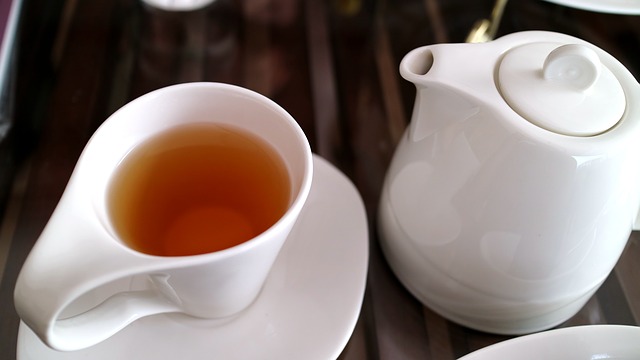
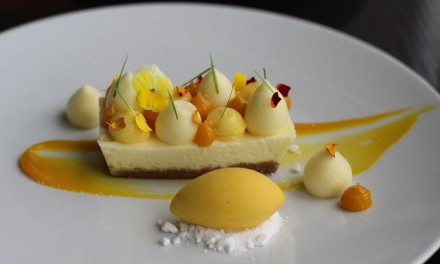
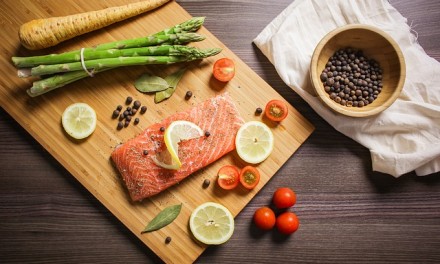
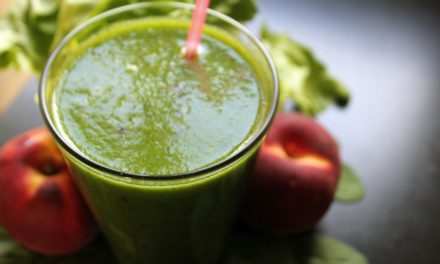
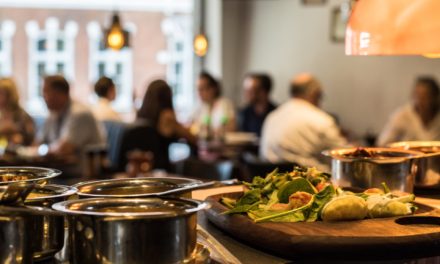

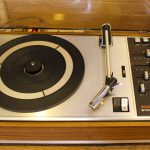






Leave a Reply